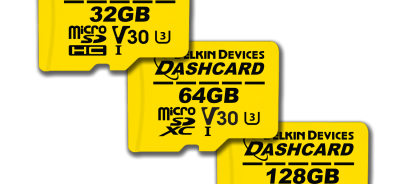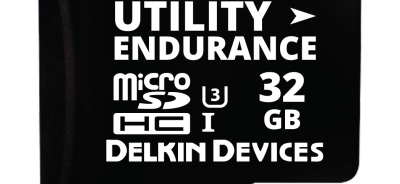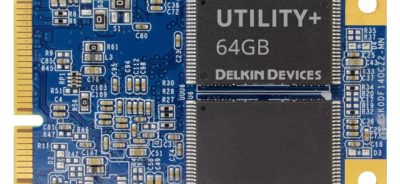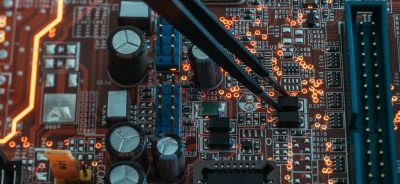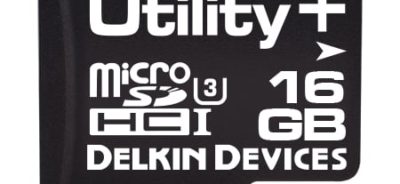Interleaving, Flash Bus Interfaces, and Flash Memory Speed
With industrial grade solid state flash storage, there are several different performance benchmarks that matter including interleaving, interfaces, and speed. OEMs must ensure that data is as secure as possible and that the memory device is not compromised in operating conditions that involve temperature extremes or higher than normal levels of shock and vibration. It is also essential to make sure that the solid state drives (SSDs) used in industrial applications operate as efficient as possible. The combination of these demands—both high speed and low error rates—is complex and requires interleaving within the flash bus interfaces and flash translation layers of controllers. For applications in industries that handle critical data, choosing industrial grade flash memory is essential in order to obtain the necessary degree of reliability and speed.
Industrial Grade Storage Explained
Industrial grade SSDs provide the highest levels of reliability, operability, and speed of any storage device. At a basic level, industrial grade SSDs and flash memory products are capable of working in the following conditions, which are considered to be extreme environments:
- Temperatures of -40 degrees C up to 85 degrees C
- Humidity of 95% (non-condensing)
- Power supply tolerance of +10%
For engineers and designers, it is important to note that these conditions refer to the ambient conditions. The design of the device also matters. For example, if a device is used within a hot environment in which conditions routinely reach close to 85 degrees C, and the drive is housed within an enclosed PC board in which there is no airflow, then the actual temperature to which the drive is exposed is usually much higher, which can lead to failures. This is especially true with devices with high power dissipation components. Failure to consider the impacts of enclosure can cause data loss and drive failures.
Beyond these minimum requirements, most industrial SSDs have enhanced features, including:
- Uncorrectable bit error rates of less than one sector per 1,016 bit reads
- Encryption of all data
- Hot plug capability
- Secure erase and sanitize command sets
- SATA 6 compliance with NCQ (for SATA drives)
- High IOPS and MB/S throughput
- Data loss protection from write power downs
- Extreme low power mode
- ATA command set and password login support
Achieving these stringent guidelines requires careful design, using interleaving and multiple flash channels, among other tools.
Interleaving
Interleaving is a process used to make memory devices faster and more efficient. It works by breaking memory into small blocks and writing data in a noncontiguous way. There are several types of interleaving, including device bus level and flash plane interleaving. Each has its own set of pros and cons.
Device bus level interleaving offers several advantages. It doesn’t require complex hardware changes, and the added overhead required is small. For a device with bus level interleaving, the performance of each IO cycle could double. However, with the flash, the minimum programmable size and error rates are likely to increase, as well as the power consumption. This means that interleaved EDC or other correcting codes are necessary, and double buffering may be necessary to offset large page sizes. When errors increase, so too will the number of bad block counts, which in turn increases the complexity of the mapping of bad flash blocks.
Another issue with device bus level interleaving is that the increased power consumption will lead to increased heat generation. It may be necessary to design the device with heat dissipation in mind and to ensure it is only used in a space with sufficient airflow.
Flash plane interleaving doesn’t require any special hardware design, but the flash hardware and software must support planes. This kind of interleaving can increase performance by between 30% and 80%. It also makes it easy for software to be implemented. However, using flash plane interleaving means that matching page addresses across the device planes have to be used and that bad blocks can prevent operations from happening across multiple planes.
Achieving High Speeds and Low Bit Error Rates
Both hardware and firmware play important roles in meeting the demand for high IOPS (input outputs per second) and MB/S requirements. Generally, a strict parallelism is necessary via multiple flash channels. Interleaving on a device bus level in each channel and within planes of the flash devices is an effective way to generate increased speed. Direct memory and direct flash access can be used to offload the CPU, via the hardware, in order to further increase speed.
One thing that has a significant impact on IOPS is write amplification. However,Write amplification is the poorest with block-based mapping. This is because of the need for frequent erases, which affect both random write and IOPS performance.
Another component that helps flash drives achieve high speeds without increasing error rates, as can happen with interleaving, is ECC, or error correction code. ECC has become especially important as the size of flash devices is shrinking. Typically, combining an ECC algorithm, such as the popular BCH algorithm, with CRC in a double sector is effective. It’s not unusual to see more than 70 bits of correction in a double sector. Using these algorithms requires 13 bits of overhead per bit of correction. Many designers are alarmed at this prospect. However, flash devices are built with an understanding of this need in mind, so they generally contain sufficient space to allow for the use of the algorithms without overly constricting the amount of available capacity. In some extreme cases, 3D TLC flash is used in industrial applications that have extreme capacity needs for this reason.
Work with Delkin for Industrial Grade Storage
No two industrial applications have the same needs. The ambient conditions have to be met, as do the MTBF requirements, all in a way that considers the location and design of the application. For these reasons, having the right flash controller and associated components is essential. Delkin can assist with this selection and guide you through customization options, such as conformal coating, based on your application’s design. Contact our customer applications team today for assistance.
ORDER DELKIN INDUSTRIAL FLASH STORAGE TODAY through our distribution partner Newark.
 Login
Login Register
Register



